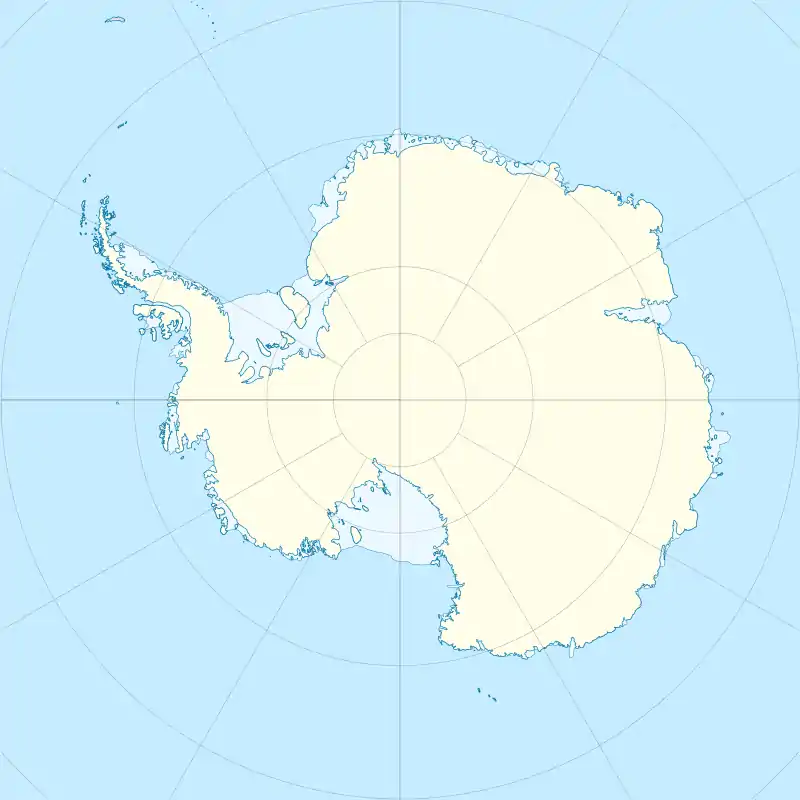Browning Pass Skiway | |||||||||||
|---|---|---|---|---|---|---|---|---|---|---|---|
| Summary | |||||||||||
| Airport type | Private | ||||||||||
| Location | Browning Pass Terra Nova Bay | ||||||||||
| Elevation AMSL | 209 ft / 64 m | ||||||||||
| Coordinates | 74°37′21″S 163°54′58″E / 74.622563°S 163.916242°E | ||||||||||
| Map | |||||||||||
 Browning Pass Skiway Location of airfield in Antarctica | |||||||||||
| Runways | |||||||||||
| |||||||||||
Browning Pass (74°36′S 163°59′E / 74.600°S 163.983°E) is an ice-covered pass, 10 nautical miles (19 km) long, lying between the main mass of Deep Freeze Range and the Northern Foothills in Victoria Land, Antarctica. The pass facilitates movement between the lower ends of Priestley Glacier and Campbell Glacier. The feature was first mapped as a part of Campbell Glacier by the Northern Party of the British Antarctic Expedition, 1910–13 (BrAE). It was remapped by the Southern Party of the New Zealand Geological Survey Antarctic Expedition, 1962–63, and named for Frank V. Browning, a member of the BrAE Northern Party, for whom nearby Mount Browning is also named.[2]
See also
References
- ↑ "Antarctic Facilities". COMNAP. Archived from the original on January 1, 2011. Retrieved August 13, 2018.
- ↑ "Browning Pass". Geographic Names Information System. United States Geological Survey, United States Department of the Interior. Retrieved 2011-09-21.
![]() This article incorporates public domain material from "Browning Pass (Antarctica)". Geographic Names Information System. United States Geological Survey.
This article incorporates public domain material from "Browning Pass (Antarctica)". Geographic Names Information System. United States Geological Survey.
.svg.png.webp)